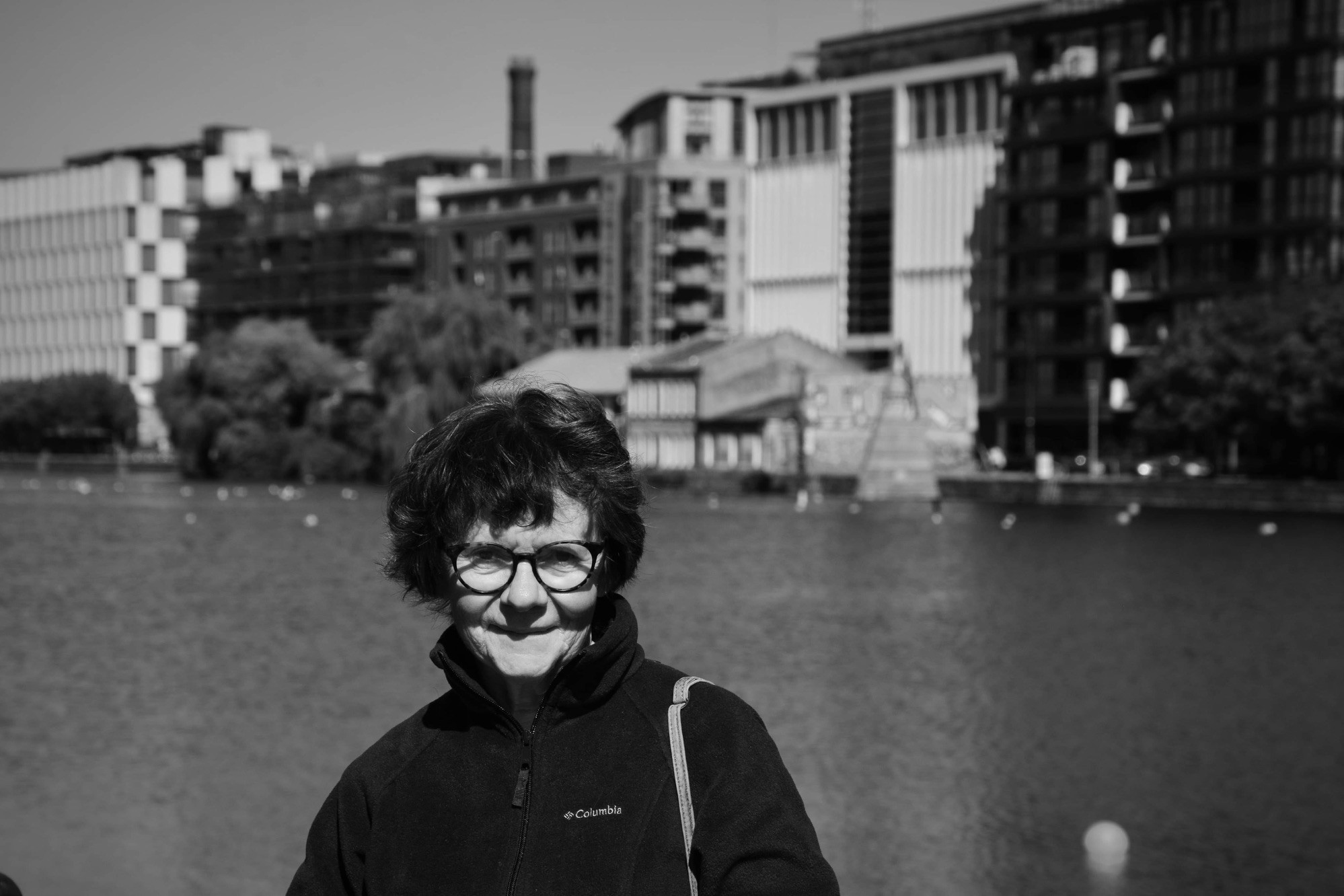An interview with Paula Schneider from the Dystonia Medical Research Foundation on September 20, 2023 by George Ackerman, Ph.D, J.D.
Can you tell me more about your organization?
The DMRF is a 501(c)3 non-profit organization dedicated to serving all people with dystonia and their families.
Since 1976, the DMRF has grown from a small family-based foundation into a dynamic membership-driven organization led by a Board of Directors and network of volunteers with personal connections to dystonia. Because dystonia hits so close to home for our directors and volunteers, the DMRF leadership is motivated by an unrelenting drive to find a cure and an unwavering commitment to serving people affected by dystonia.
The DMRF has high ratings from Charity Navigator (4 Stars) and Guidestar (Platinum rating). We want to assure you that you can give with confidence, and we encourage you to review our financials.
Support Groups
There are many benefits to joining a dystonia support group. Find the support group nearest you and enjoy the rewards.
Get Involved
You can connect with others in the dystonia community who are committed to making a difference. Getting involved is empowering.
Donate
The Dystonia Medical Research Foundation (DMRF) has stood up for the dystonia community since 1976. Join us in our global effort to find a cure.
What type of goals do individuals with Dystonia have when working with you?
To aid them in any way to find a cure.
What is Dystonia?
Dystonia is a neurological disorder that causes excessive, involuntary muscle contractions. These muscle contractions result in abnormal muscle movements and body postures, making it difficult for individuals to control their movements. The movements and postures may be painful. Dystonic movements are typically patterned and repetitive.
Dystonia can affect any region of the body including the eyelids, face, jaw, neck, vocal cords, torso, limbs, hands, and feet. Depending on the region of the body affected, dystonia may look quite different from person to person.
In addition, involuntary movements and postures, depression and anxiety are frequent non-motor symptoms of dystonia.
Common Signs of Dystonia
A body part is flexed or twisted into an abnormal position.
Repetitive and patterned body movements, which may resemble tremor.
Dystonic symptoms may worsen or occur only with specific tasks. For example, hand dystonia may be present only when writing or playing a musical instrument.
Attempting a movement task on one side of the body my activate dystonia symptoms on the opposite side.
Dystonic movements and postures may be temporarily relieved by a gentle touch or specific action called a sensory trick.
What type of training and how long are the programs?
We have support groups all over the country. We work with group leaders all the time by providing them with Webinars, symposiums throughout the country, and monthly newsletters. We also have zoom gatherings that give our leaders a chance to get to know each other and exchange ideas. And we are always available to them to help them provide the best information. We keep them informed with the latest information as we get it.
What effect can it have on an individual with Dystonia?
The effect on individuals with dystonia is a feeling of isolation. It’s a good feeling to learn that other people have the same symptoms and that there are treatments, not cures yet, but treatments available for many people. Sometimes it’s good to know that others have not been able to tolerate certain drugs and what to expect from certain drugs and Botox injections. But the big thing is that “you don’t have to go through this alone”. This could be the most important message.
Patients can meet other patients at promotional events the we have all over the nation as well as our online forums.
What would you like to see as a future goal for your programs?
To expand the support network to more areas. We are always looking to develop groups in other markets. There is no magic number. The more support groups that we can develop only add to our strength.
What events do you participate in?
We do a series of zoo days throughout the summer months. We bring people together to many cities throughout the nation. I am also involved in educational days. That’s when we go into a community and have a day long program about Dystonia. I am also involved in advocacy day which takes place once a year on Capitol Hill. It’s important for federal funding of various programs and we need to inform our congresspeople! I am also on the Board of the Dystonia Dialogue, a publication distributed 3 times per year, and I am on the Mental Health committee and the Educational and Awareness committee.
How does this also assist the caregivers?
Caregivers are encouraged to attend support group meetings and we have an online forum for caregivers. We also have done articles in the Dialogue for caregivers.
How can someone get in touch? What is your website?
https://dystonia-foundation.org/
Sign up here https://dystonia-foundation.org/about-us/dystonia-dialogue/
How can others also become advocates for awareness?
Others can become advocates for awareness by signing up to be on our mailing list and joining the foundation. They can also see if there’s a support group in the area and join the group.
If you had one final statement or quote you could leave for the Parkinson’s community, what would it be?
“You don’t have to go through this his alone”

